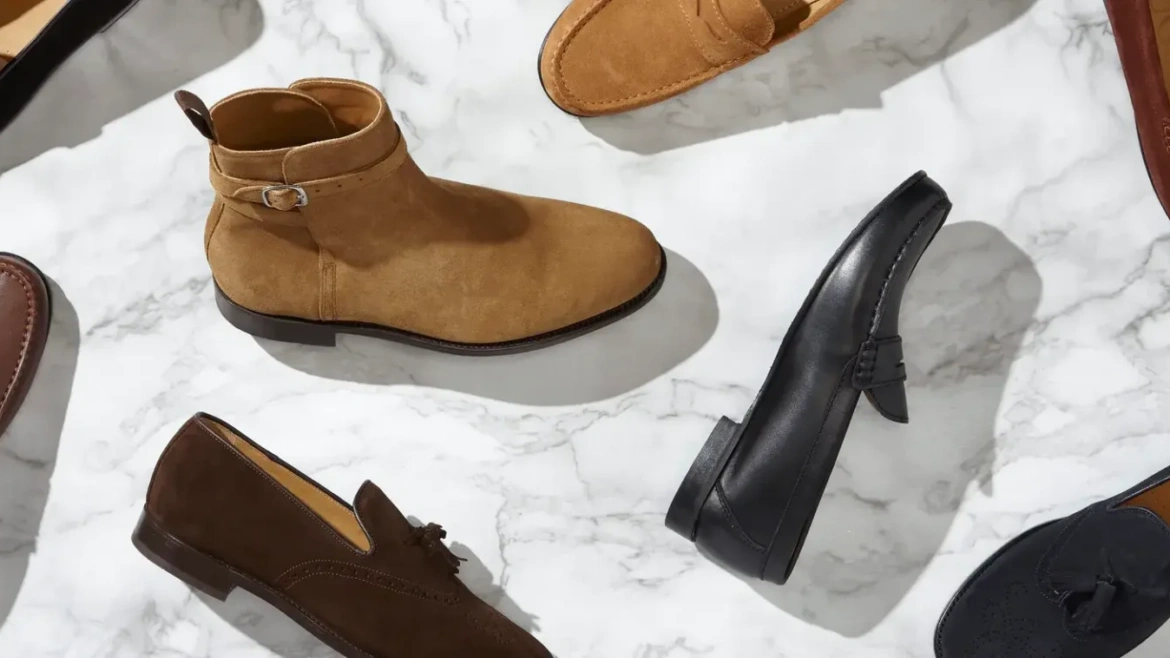If the past decade was defined by the dominance of chunky trainers, we are now stepping decisively into the era of smart shoes. The days of oversized sneakers—often spotted on the feet of Gen Z—are giving way to a more refined, polished aesthetic. Today’s smart shoes are designed to complement sophisticated ensembles, offering a seamless blend of elegance and versatility.
However, this new wave of footwear is far from staid. From Loewe’s elongated-toe Oxfords to Church’s apron-toe derbies and the ubiquitous sleek penny loafers, the modern smart shoe exudes a fresh, contemporary sophistication. To navigate this sartorial shift, we’ve consulted industry leaders and distilled their insights into a set of guiding principles.
1. Embrace Textured Leathers
In 2025, smart shoes are no longer confined to formal settings. They are as at home with tailored suits as they are with cashmere joggers and oversized coats. The secret to mastering this versatility lies in the choice of leather. Grained leathers, with their textured finish, strike the perfect balance between durability and refinement. Unlike smooth calfskin, which is prone to scratches, or suede, which demands meticulous care, grained leathers offer a robust yet elegant option.
George Glasgow Jr., owner and CEO of George Cleverley, notes, “We’ve seen a significant rise in sales of textured leather chukka boots and loafers. Deer or calfskin with a grain is far easier to maintain and wearable year-round.” Tim Little, creative director of Grenson, adds, “Quality full-grain leather only improves with age, developing a rich patina, whereas cheaper leathers deteriorate quickly.”
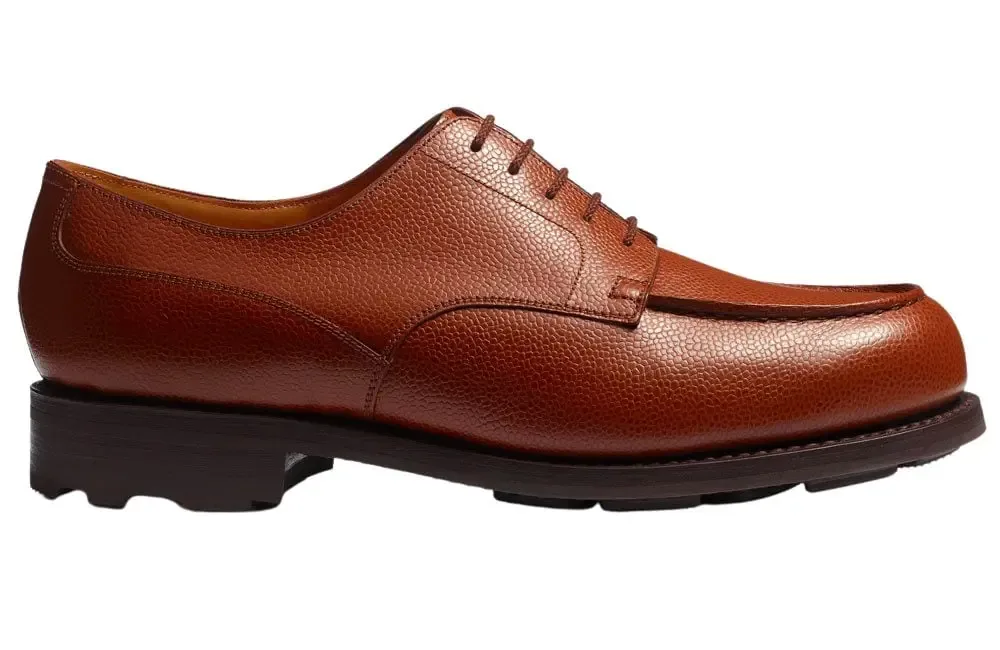
2. Experiment with Oxblood Hues
Since Gucci elevated burgundy to couleur du jour in 2024, shades like claret, beaujolais, and oxblood have dominated the footwear landscape. These rich, versatile tones add a subtle yet striking pop of color to any outfit. Whether it’s Gucci’s oxblood snaffle-toe loafers or Church’s polished claret postman shoes, these hues effortlessly complement black, navy, and grey ensembles.
“Oxblood shoes are a must,” advises GQ’s fashion editor Angelo Mitakos. “They add depth and sophistication without being overly bold.”
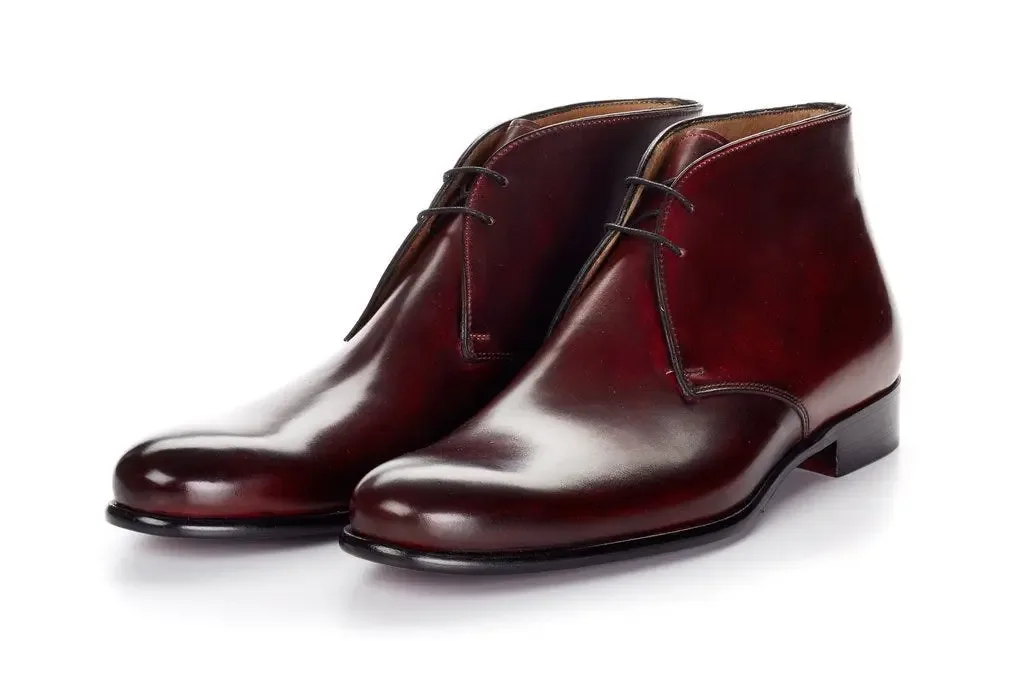
3. Elevate the Deck Shoe
The classic deck shoe has undergone a modern transformation, thanks to brands like The Row and Saman Amel. Reimagined in premium materials such as black or grey deerskin, the updated deck shoe bridges the gap between casual and tailored looks. “Clients are gravitating towards smarter iterations of the silhouette,” says Glasgow Jr. “They’re perfect for pairing with chinos on weekends or jeans for a relaxed yet polished vibe.”
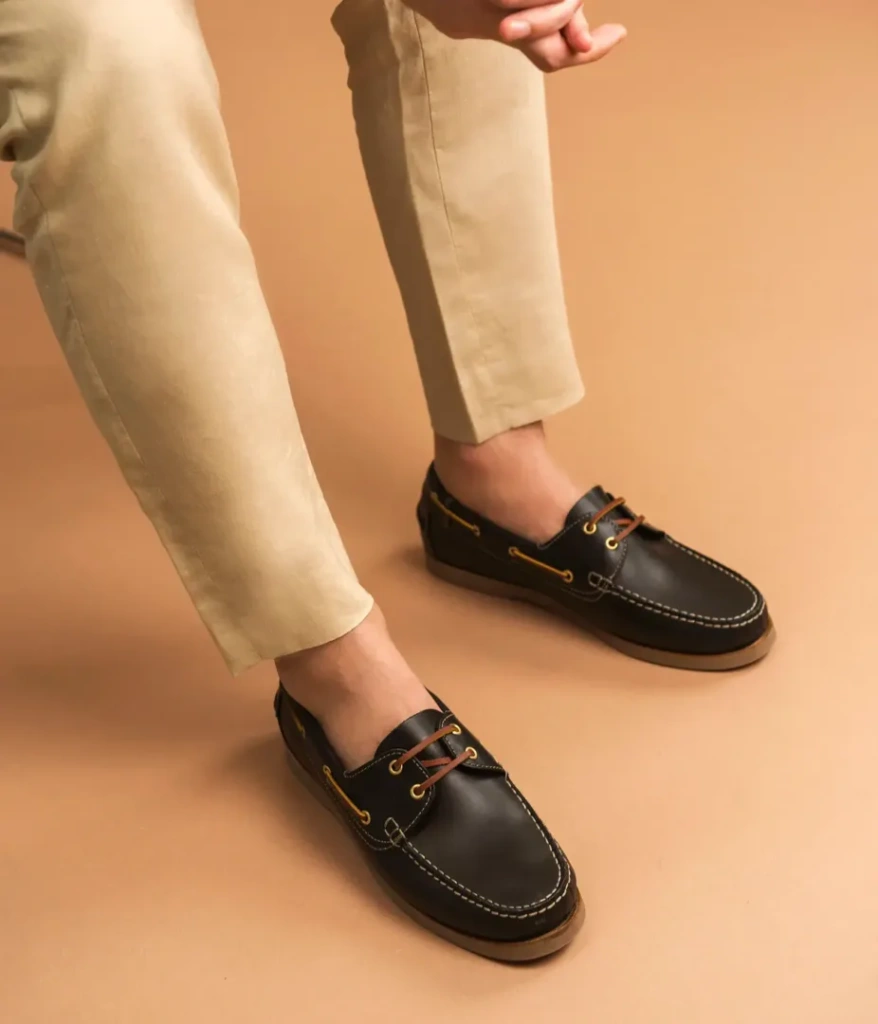
4. Master the Split-Toe Derby
The apron-toe derby, characterized by its distinctive “U” shape and hand-stitched detailing, has emerged as a standout style for 2025. “Our split-toe derby in antique brown calf has been incredibly popular,” shares Glasgow Jr. “It’s a versatile option that works equally well with formal and casual attire.”
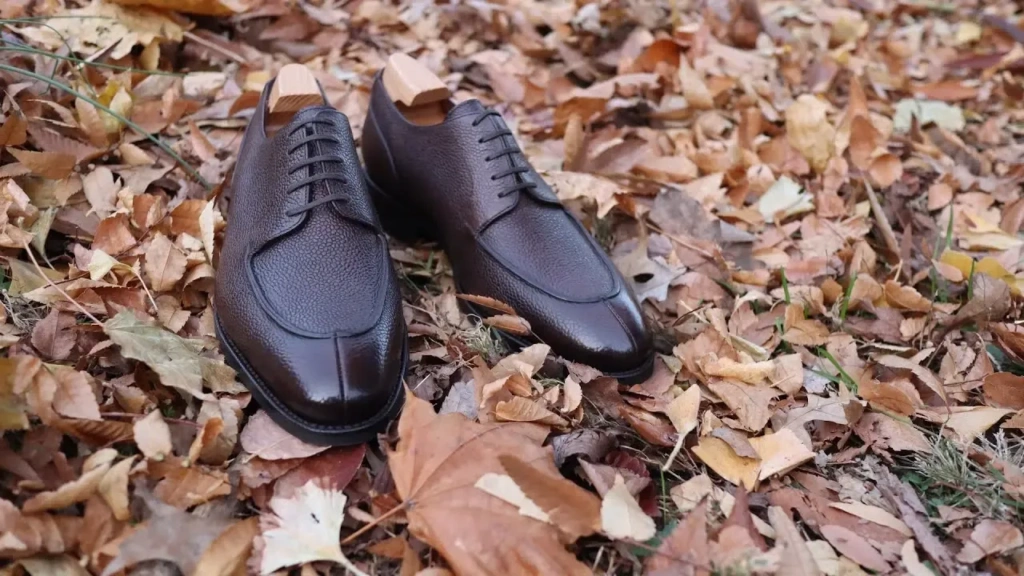
5. Prioritize Lightweight Construction
As legendary shoe designer Manolo Blahnik emphasizes, “Your shoes must be light on the foot. I cannot bear heaviness in shoes—it looks like foot furniture.” The elegance of a smart shoe lies not only in its design but also in its wearability. A lightweight construction ensures comfort and grace, allowing the wearer to move with confidence and poise.
6. Avoid Vintage Footwear
While vintage suits may hold timeless appeal, the same cannot be said for shoes. “Shoes are the one thing I always invest in brand new,” says Mitakos. “Vintage pairs often come with structural issues, such as separating soles or crumbling heels.” The exception? Coveted styles like Patrick Cox’s Wannabe loafers, which are no longer produced.
7. Maintain a Polished Finish
Regular polishing is essential for preserving the longevity and appearance of smart shoes. “If you’re over 40, keep your shoes polished—otherwise, you’ll look like you’ve lost your job,” quips Tim Little. For younger wearers, a slightly scuffed look may work, but for most, a well-maintained pair signals attention to detail and sartorial discipline.
8. Pair with Thoughtful Socks
The right socks can elevate your footwear game. Opt for bold yet tasteful choices—bright red socks with a midnight blue suit and brown shoes, or green socks with dark jeans and suede loafers. As Blahnik advises, “I love brightly colored, clashing socks from Paul Smith. There’s nothing more hideous than shoes with no socks!”
9. Invest in Classic British Brands
Timeless craftsmanship is the hallmark of British shoemaking. Brands like Church’s and Loake offer enduring quality, ensuring your shoes remain relevant for decades. “Investing in quality is imperative,” says Mitakos. “With proper care, a well-crafted pair will last a lifetime.”
10. Eschew Logos and Pointy Toes
Smart shoes should exude understated elegance. Avoid bold logos and overly pointed toes, which can detract from the sophistication of your look. “If you can spot the logo from a distance, it’s too obvious,” cautions Little. Similarly, while almond toes offer a refined silhouette, overly pointy shapes risk veering into costume territory.
11. Balance Your Outfit
The success of your ensemble hinges on harmony. Pair grained leather or suede shoes with denim or flannel, and polished leather with smooth Super 120s wools or velvets. For a modern twist, try penny loafers with pleated trousers and an oversized sweater, or apron-toe derbies with high-waisted officer jeans and a tweed blazer.
As Blahnik concludes, “Your shoes must be fitting for the occasion. Patent lace-ups for black tie, derbies for smart casual, loafers for summer suiting, and monk straps or brogues for business or semi-formal settings.”
In 2025, the smart shoe is not just an accessory—it’s a statement of refined taste and sartorial intelligence. By adhering to these principles, you can navigate this new era of footwear with confidence and panache.
